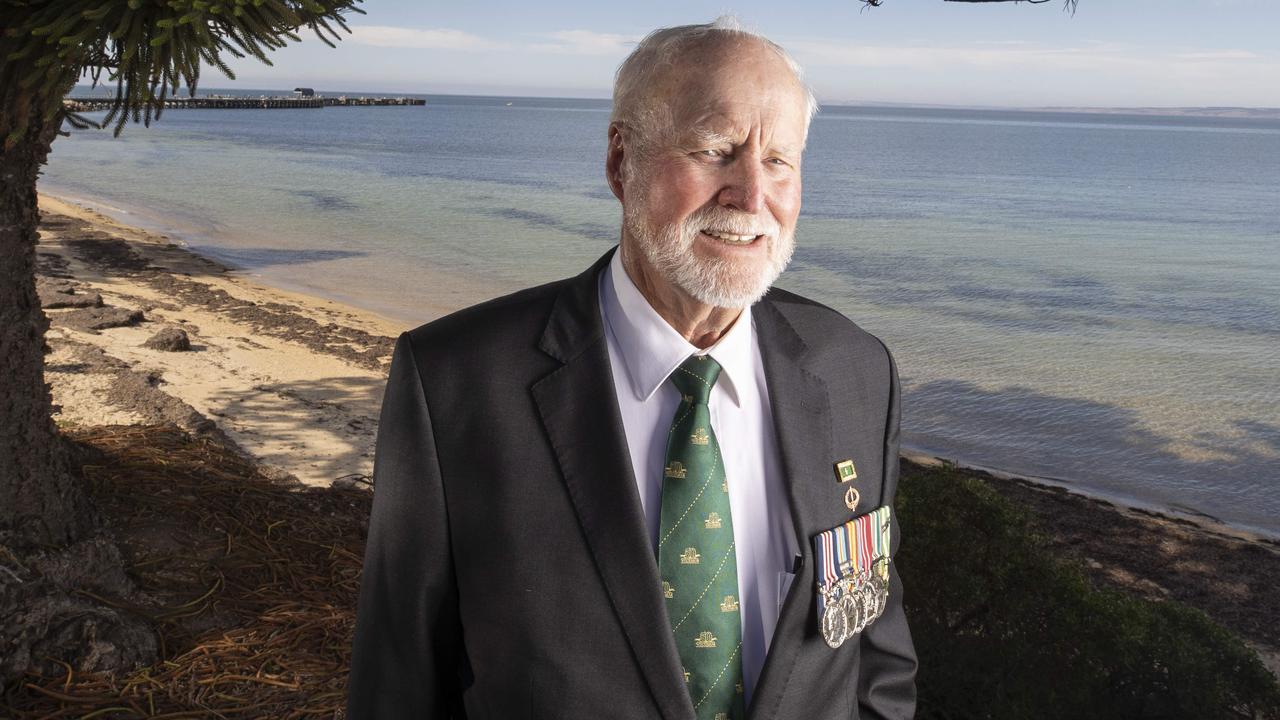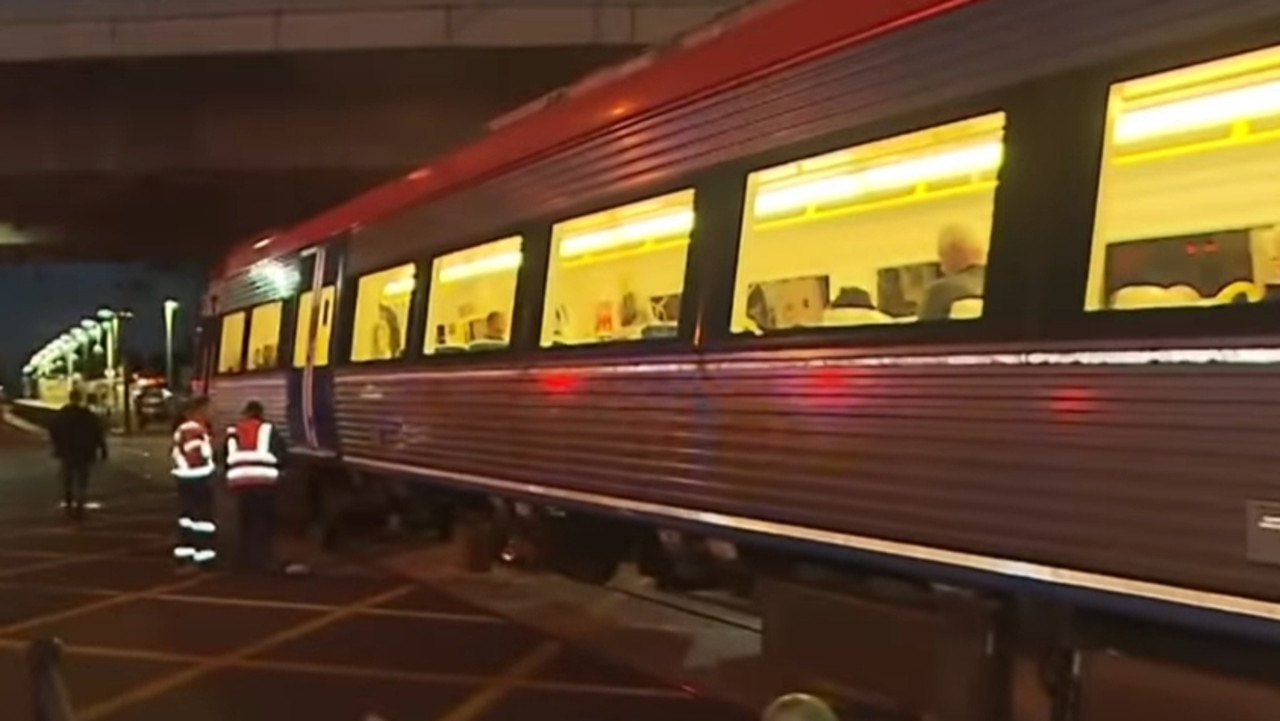Homelessness 15 times more likely for Aboriginal people, new report finds
Racism, dispossession of land, economic disadvantage and cultural oppression are at the heart the massive gap, a UniSA expert says.
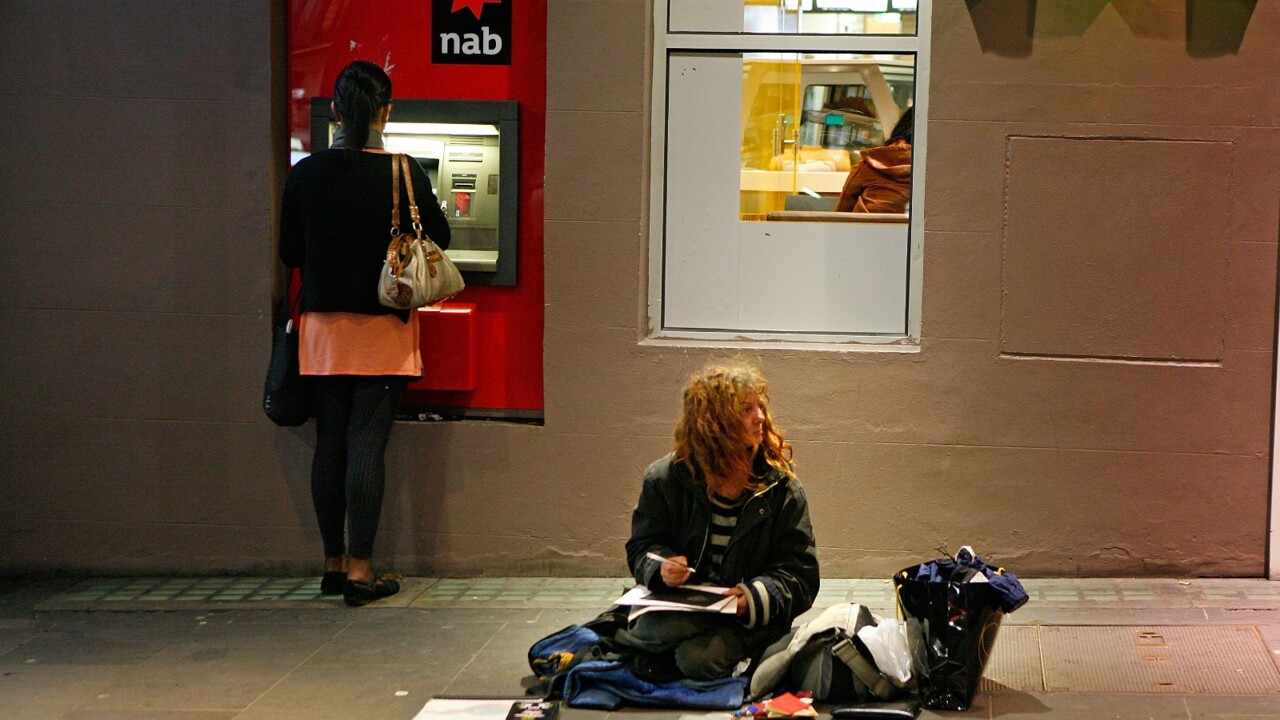
SA News
Don't miss out on the headlines from SA News. Followed categories will be added to My News.
Aboriginal people in Australia are 15 times more likely to experience homelessness due to racism, dispossession of land, profound economic disadvantage and cultural oppression, says a new report released in Canberra today.
The report, Urban Indigenous homelessness: much more than housing, said it was Aboriginal women fleeing family violence who found it especially hard to avoid homelessness in urban areas, with no family networks to assist them.
Co-author, Wakamin man and Associate Research Professor from the University of South Australia, Alwin Chong said women were “often” escaping domestic violence only to find themselves in worse situations.
“They’re either running away from violence, or their either running away from a broken marriage or running away from something and then they get to be homeless,” Mr Chong said.
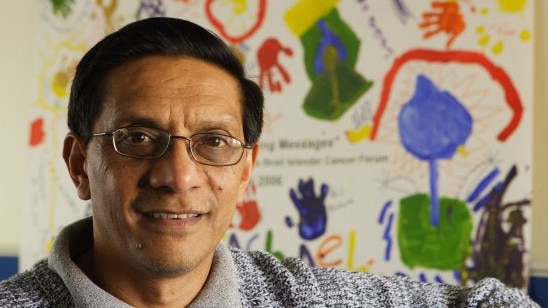
“It’s a lot rougher for women, because they have to be careful where they sleep.
“I think if the government wants to do something about it, then they need to sit down with them (women) and ask what they want.
“If the government can sit down with these women and ask what they want then, I think you’ll find out that you can come up with a solution to the problem pretty quickly.”
Also a co-lead researcher, Associate Professor, Deirdre Tedmanson said a lack of dedicated services for homeless Aboriginal people in urban areas was a serious problem.
“Although structural discrimination, mental illness and poverty can make it difficult for Aboriginal people to access and sustain housing, it is the lack of funding, affordable housing and limited crisis and transitional accommodation that are the real barriers,” Professor Tedmanson said.
“Some drivers of homelessness, such as overcrowding, are common issues for Aboriginal communities and can be linked in part to complex and important kinship obligations.
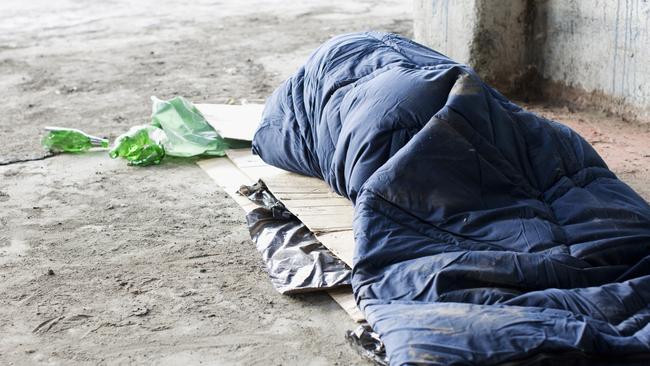
“Western notions of ‘home’ and ‘homelessness’ don’t necessarily resonate the same way with Aboriginal Australians in regional and remote areas so it’s important that responses are culturally informed, culturally appropriate and culturally safe,” she said.
Professor Tedmanson also said tackling the issue required a culturally sensitive approach aligned to Aboriginal values focused on safety and understanding.
The report, conducted by the University of South Australia and University of Tasmania, also found that poor literacy, education, criminal histories, domestic violence and lack of sustained tenancies lead to a “revolving door” of homelessness among Aboriginal people in cities.
The report stressed the need to approach homelessness from an Aboriginal perspective, rather than a western approach, and called for new policy and funding strategies which involve direct input from Aboriginal leaders to improve the co-ordination of housing, homelessness and related services in urban communities.




